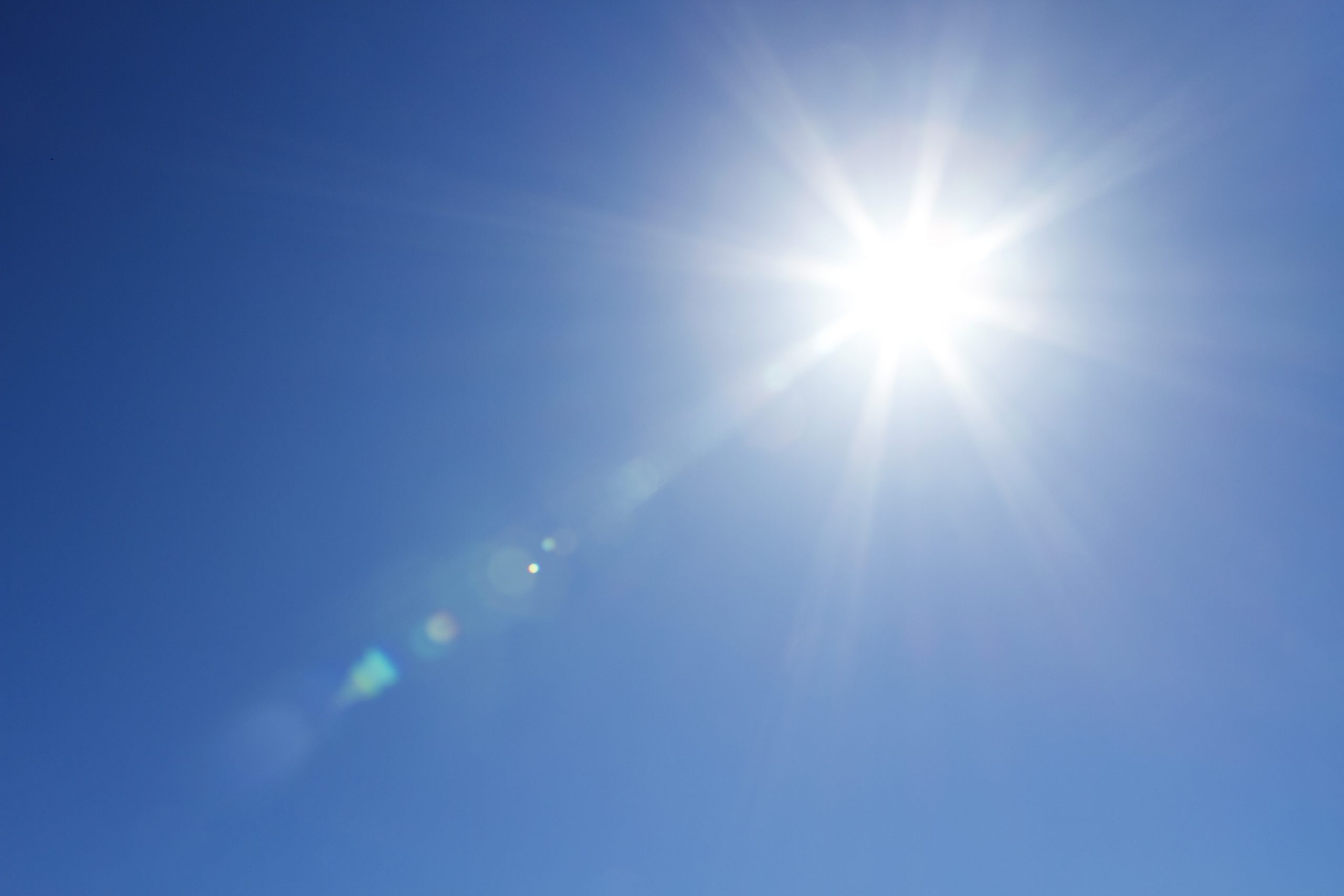2017 weather leads to blend of mycotoxins

EU grain crops are showing risk levels of trichothecenes from DON and T-2 to swine. Silages are showing risk levels of not only DON and T-2, but also high levels of Penicillium and, to a lesser degree, aflatoxin.
This is concluded from the Alltech 37+ European Mycotoxin Summer Harvest Survey.
European Summer Harvest Survey
The weather in parts of Europe ahead of the 2017 summer harvest was dry and warm prior to the small grain harvest, but as corn harvest neared, some regions experienced excess rainfall. The European Summer Harvest Survey therefore shows a blend of Aspergillus– and Fusarium-generated mycotoxins as well as Penicillium, which will result in multiple mycotoxins in finished feeds.

Keep up to date on mycotoxins: This interactive tool provides information on the impact on livestock health, A-Z of mycotoxins, plus the regulations for mycotoxins per commodity per country.
Another mycotoxin that is trending high across Europe is fumonisin, which can have a negative impact on feed intake, gut health, liver function and immune response. It is important to note that once there are mycotoxins in the crop, they will not go away. There will be higher levels of mycotoxins on farms practising mono-cropping of corn, as opposed to those farms that are rotating crops or using deeper tillage methods.
Alltech, in cooperation with All About Feed, will host a webinar to review the Alltech 37+ European Mycotoxin Summer Harvest Survey results with Dr Max Hawkins on Dec. 8, 2017, at 14:00 CET (13:00 GMT). Register for the webinar via this link.











